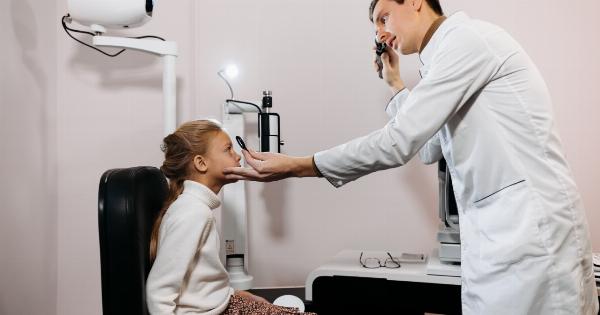In today’s uncertain world, being prepared for emergencies is crucial for every aspect of our lives.
This includes the field of outpatient medicine, where healthcare providers must be ready to respond to unexpected situations and ensure the safety and well-being of their patients. Whether it’s a natural disaster, a public health emergency, or a sudden influx of patients, having a well-defined emergency preparedness plan is essential for outpatient clinics.
In this article, we will explore the key components of emergency preparedness for outpatient medicine and provide valuable insights for healthcare providers.
The Importance of Emergency Preparedness
Emergency preparedness is the process of planning, organizing, and implementing strategies to mitigate the impact of emergencies and ensure an effective response.
In outpatient medicine, it is particularly important to have robust emergency preparedness protocols in place, as the nature of outpatient care can make clinics vulnerable to various types of emergencies.
Outpatient clinics often serve a large number of patients on a daily basis, with different medical conditions and needs.
Therefore, having a comprehensive emergency preparedness plan will help healthcare providers address the unique challenges they may face during emergencies while continuing to provide quality care.
Creating an Emergency Preparedness Plan
Developing a tailored emergency preparedness plan for outpatient medicine involves several key steps:.
1. Conducting a Risk Assessment
The first step is to assess the potential risks and hazards that could affect the clinic and its operations.
This may include natural disasters such as earthquakes, hurricanes, or fires, as well as other emergencies like pandemics, power outages, or mass casualties. By identifying these risks, healthcare providers can better understand the potential impact and take appropriate measures to mitigate them.
2. Establishing an Emergency Response Team
Forming an emergency response team is crucial to ensure effective coordination and decision-making during emergencies.
This team should consist of key personnel from different departments within the clinic, including administrators, healthcare providers, nurses, and support staff. Each member should have clearly defined roles and responsibilities to carry out during emergencies.
3. Developing Communication Protocols
Effective communication is vital during emergencies to ensure the transmission of critical information and instructions.
Healthcare providers should establish communication protocols that include clear lines of communication, alternative communication methods in case of failure, and regular updates to keep everyone informed. This includes communication within the clinic, with other healthcare facilities, and with relevant authorities and stakeholders.
4. Establishing Emergency Supplies and Equipment
Outpatient clinics must have adequate emergency supplies and equipment readily available to respond to different types of emergencies.
This includes first aid kits, emergency medications, personal protective equipment (PPE), backup power sources, communication devices, and other essential resources. Regular maintenance and inventory checks should be conducted to ensure the availability and functionality of these items.
5. Conducting Staff Training and Drills
Training and drills are essential to familiarize staff with emergency procedures and validate the effectiveness of the emergency preparedness plan.
Regular training sessions should cover topics such as evacuation procedures, triage protocols, infection control measures, and other relevant skills. Conducting drills allows staff to practice these procedures in a simulated emergency scenario, identify potential gaps, and make necessary improvements.
6. Collaborating with Community Resources
Outpatient clinics should establish partnerships and collaborations with local emergency response agencies, hospitals, and community organizations.
This helps in sharing resources, expertise, and information during emergencies, as well as facilitating smooth patient transfers, if necessary. Building these relationships in advance can significantly enhance the overall emergency response capabilities.
7. Reviewing and Updating the Plan
An emergency preparedness plan is not a static document. It should be regularly reviewed, updated, and refined based on emerging threats, changes in the clinic’s operations, and lessons learned from previous emergencies.
Continuous quality improvement and ongoing training ensure that the plan remains relevant and effective in mitigating risks and safeguarding patient care.
Conclusion
Emergency preparedness is an indispensable aspect of outpatient medicine.
By proactively planning and investing in emergency preparedness, healthcare providers can protect both their staff and patients and provide excellent care even in the face of unexpected events. The key components discussed in this article provide a foundation for outpatient clinics to develop their emergency preparedness plans and build a resilient healthcare system.




























